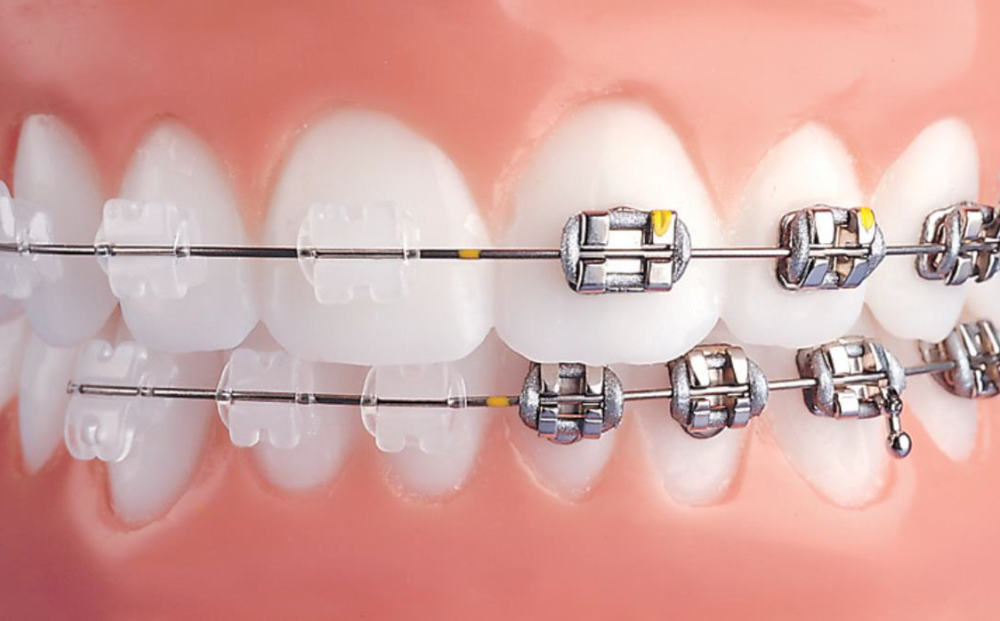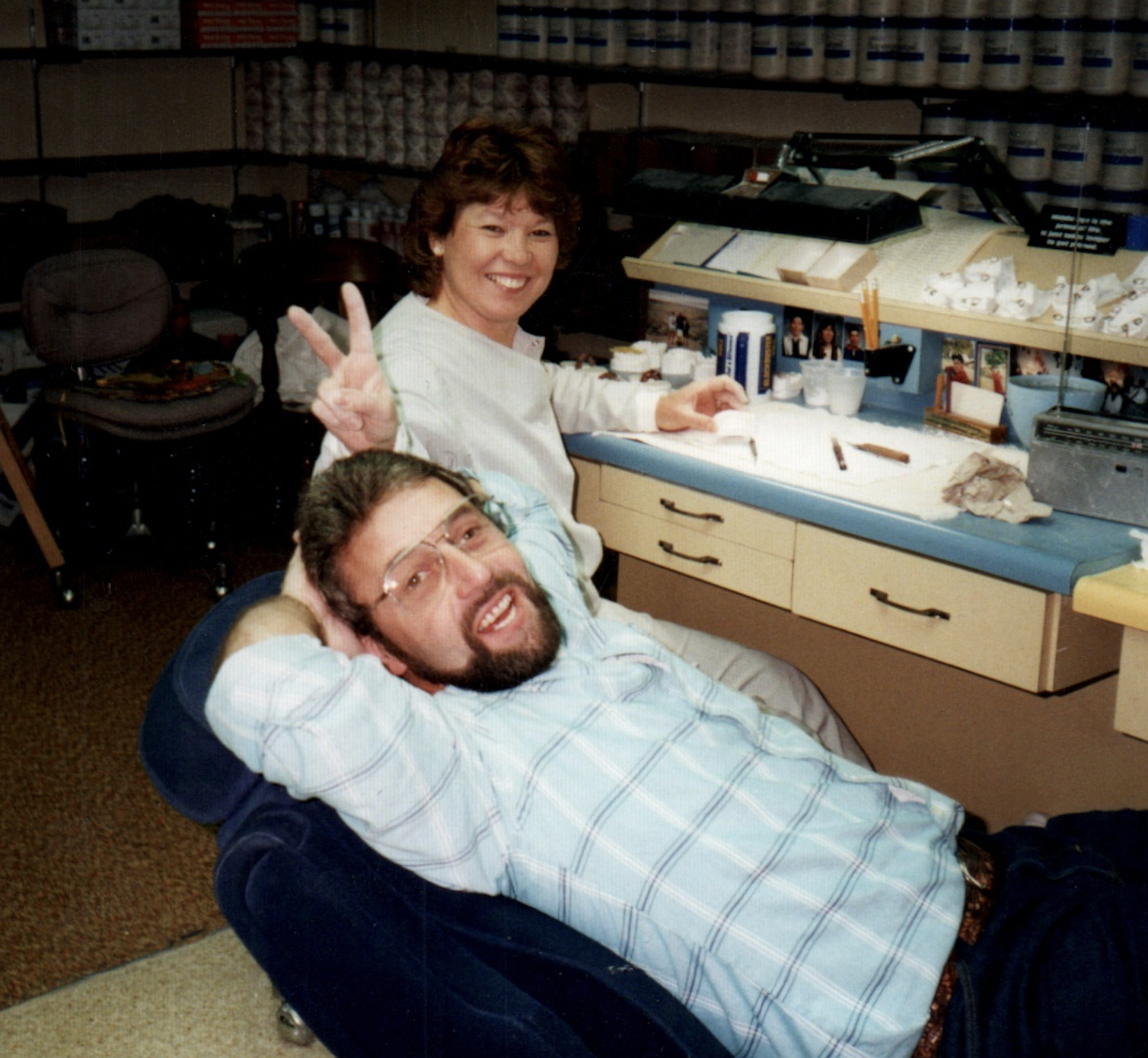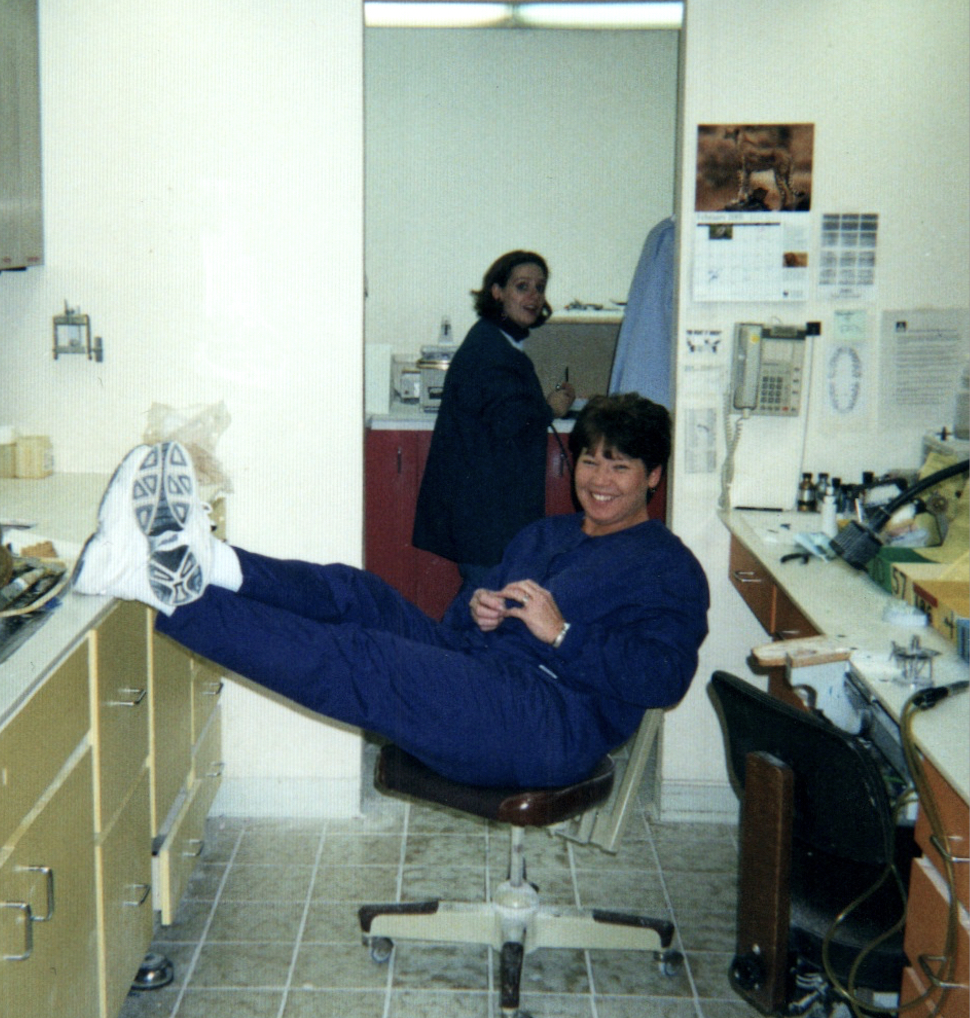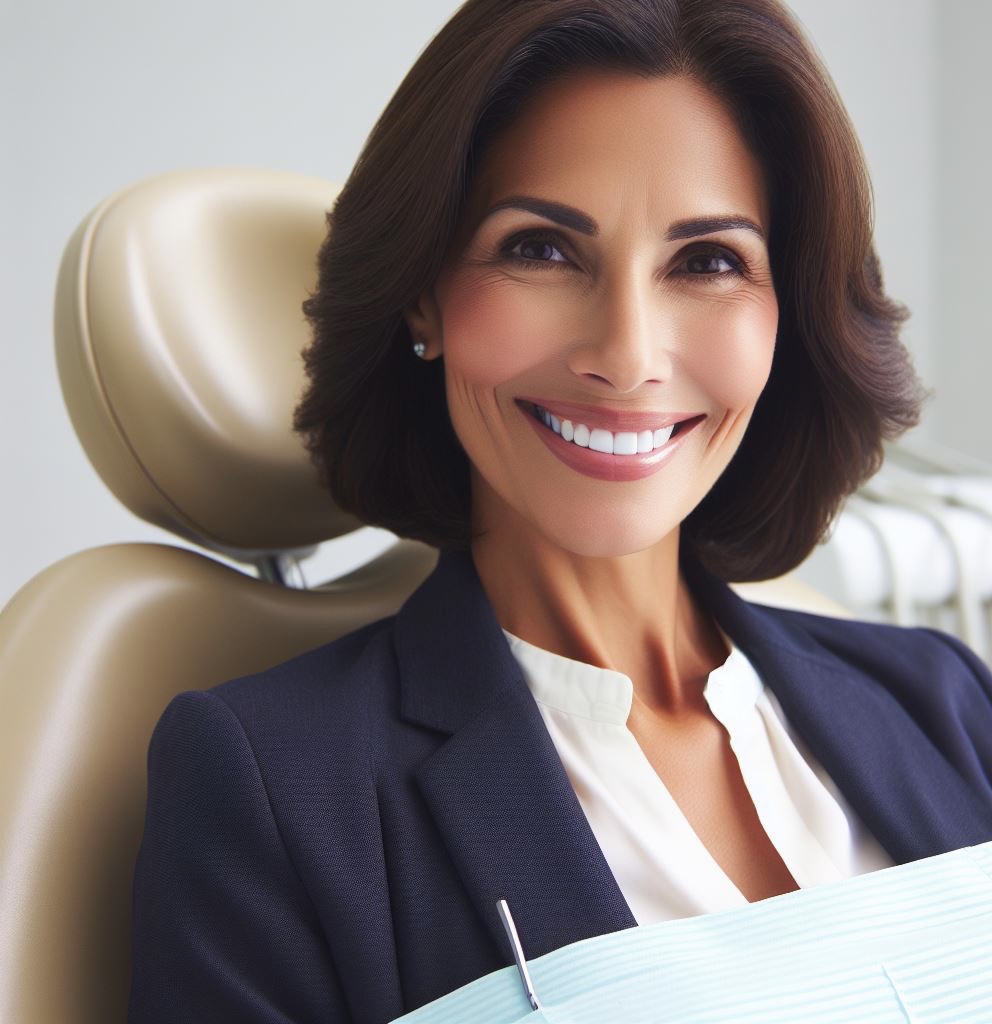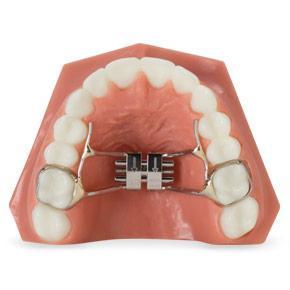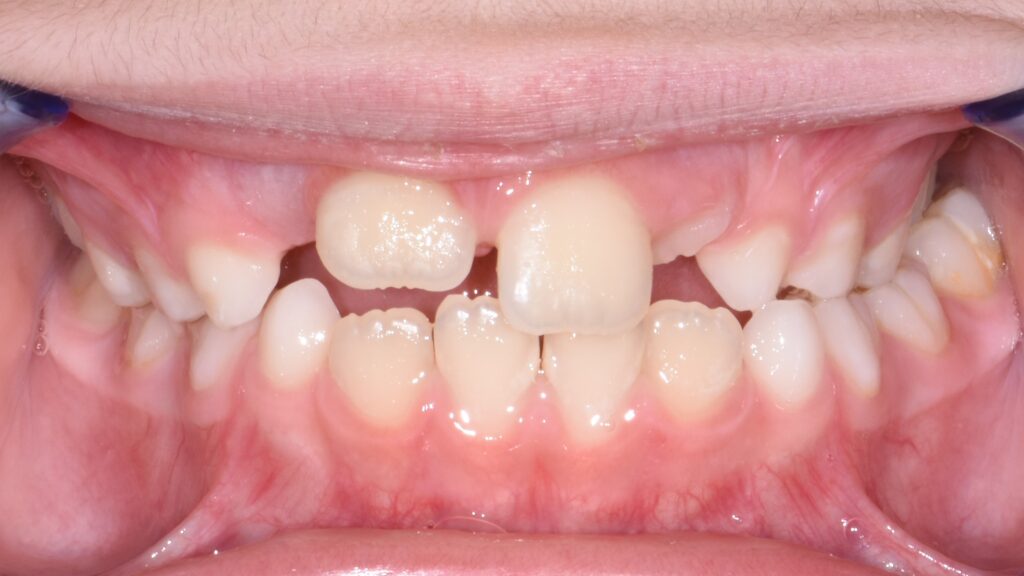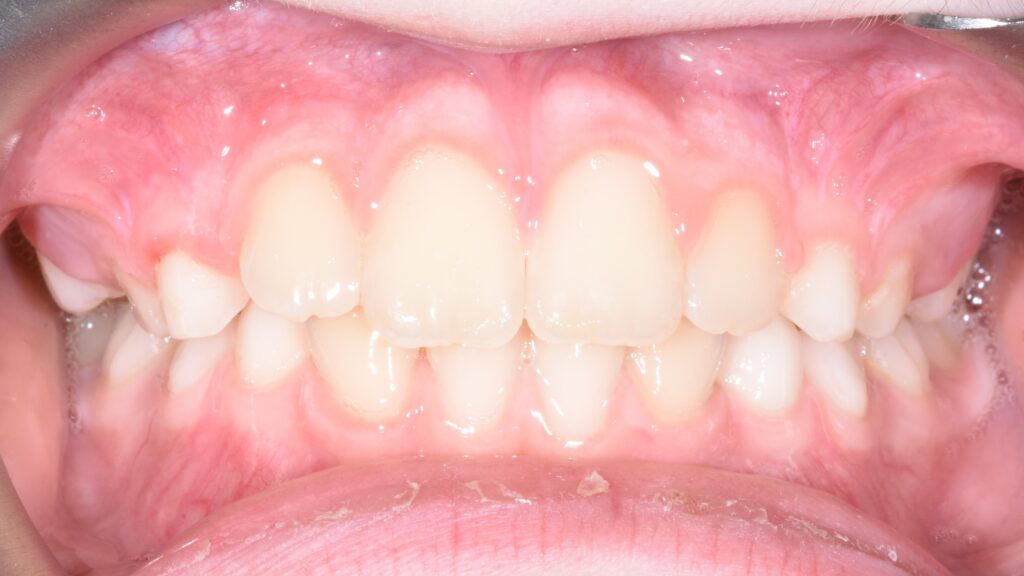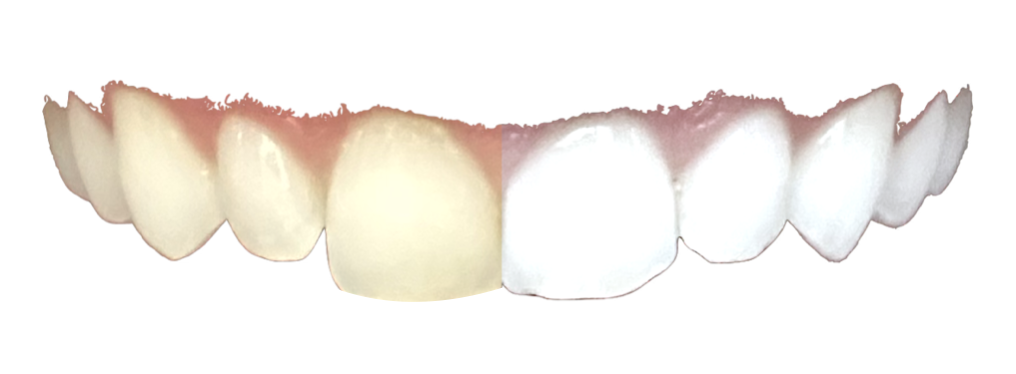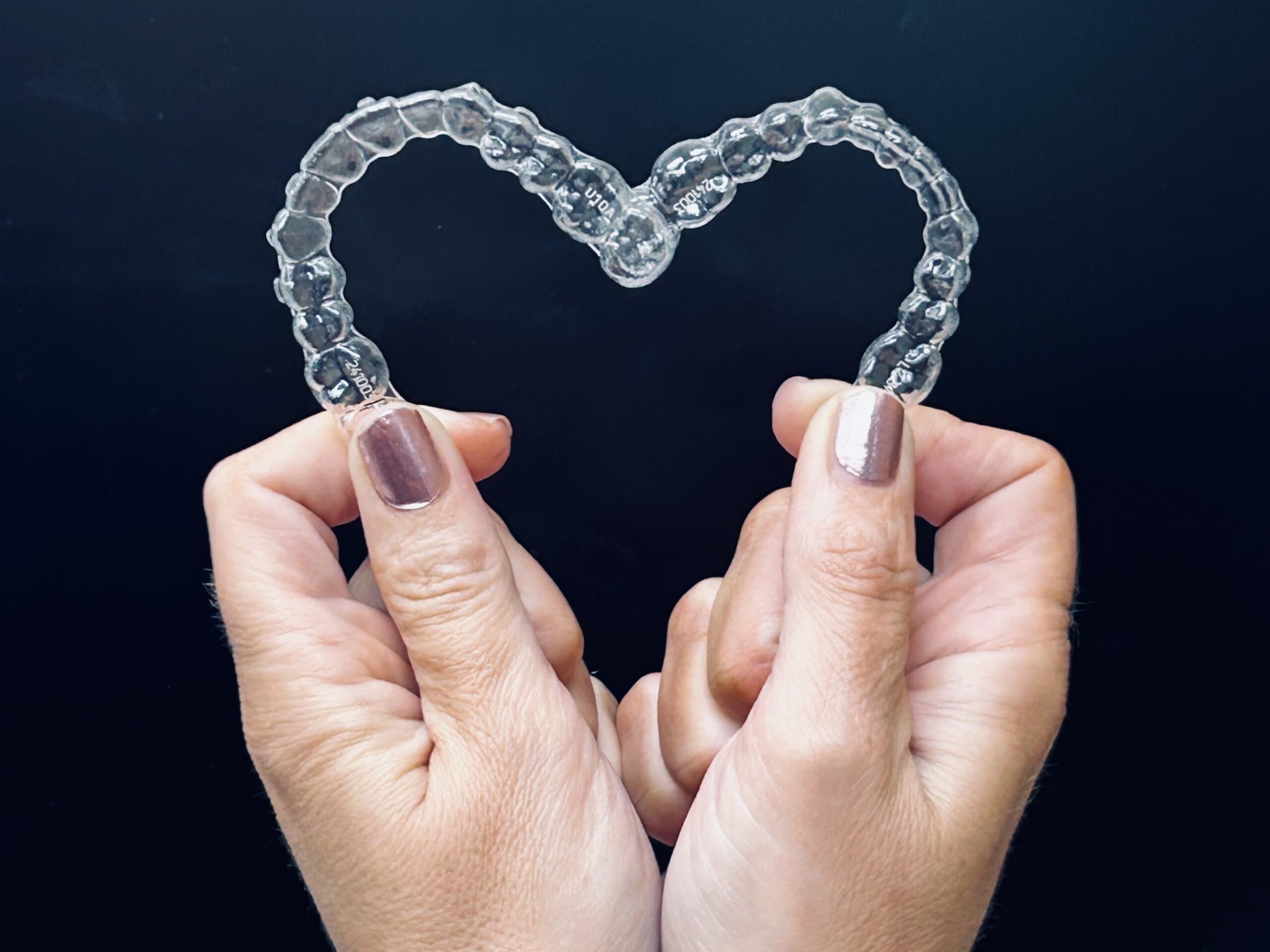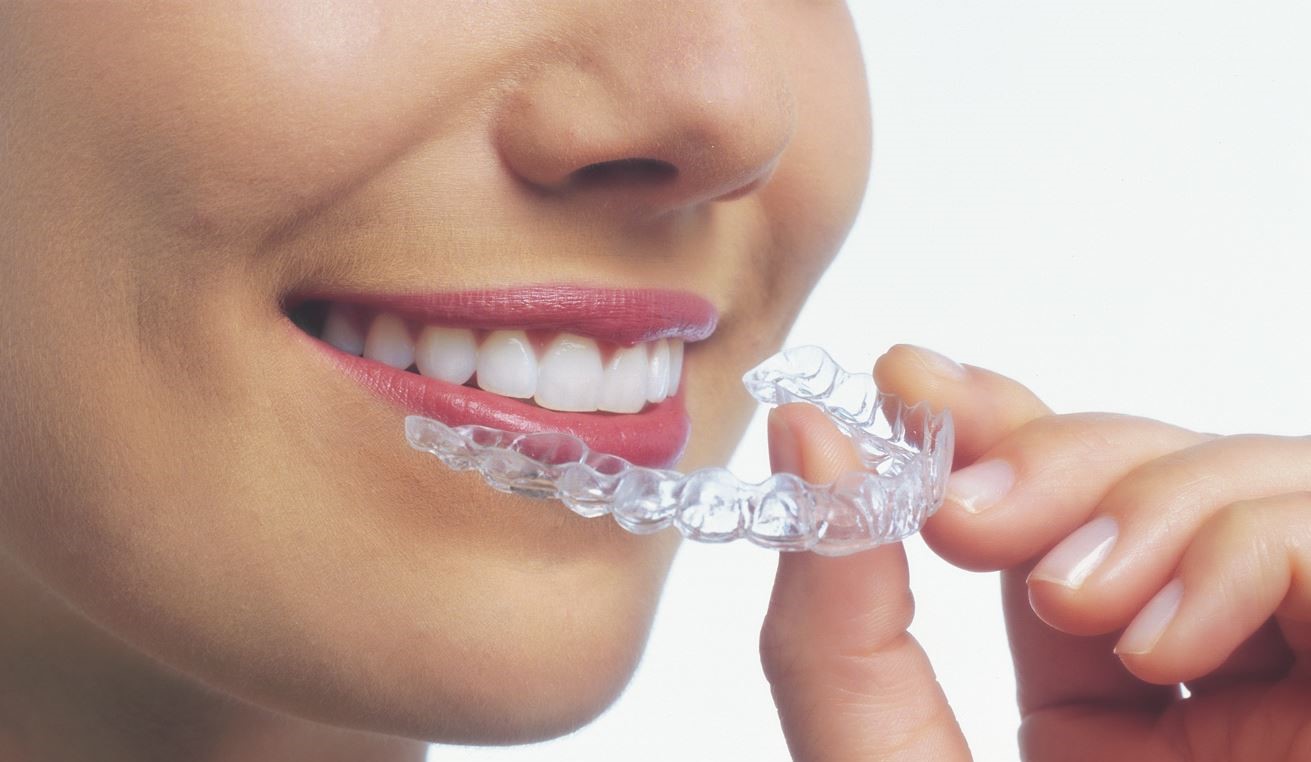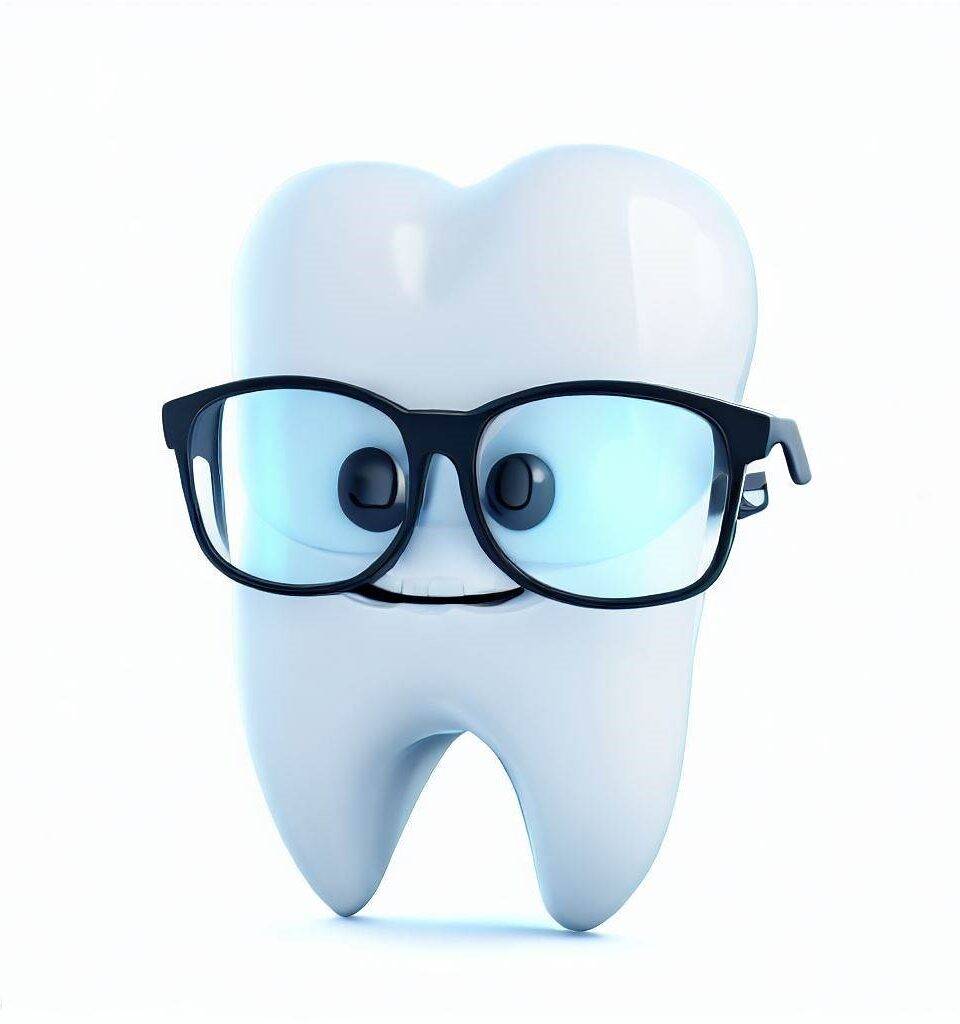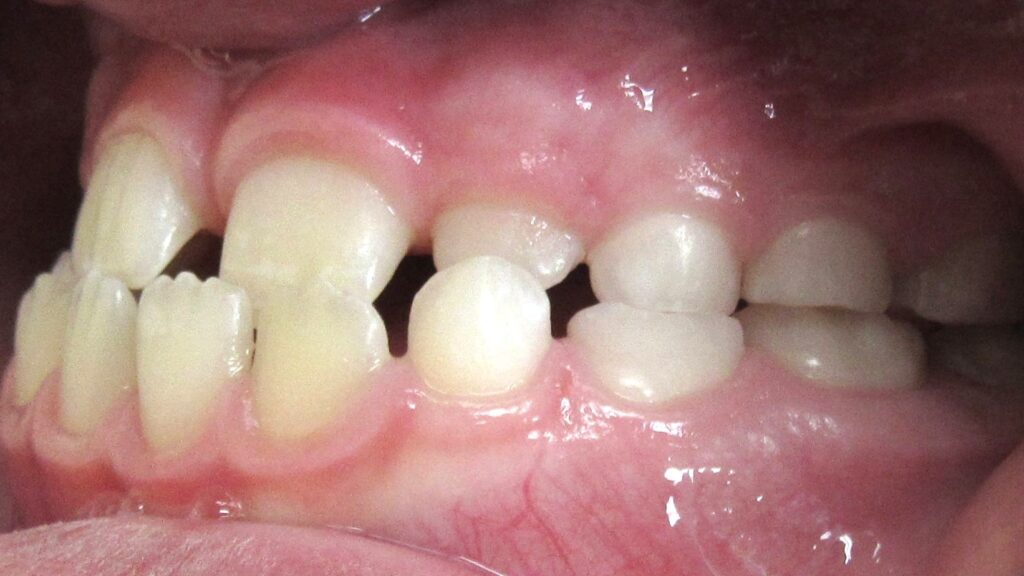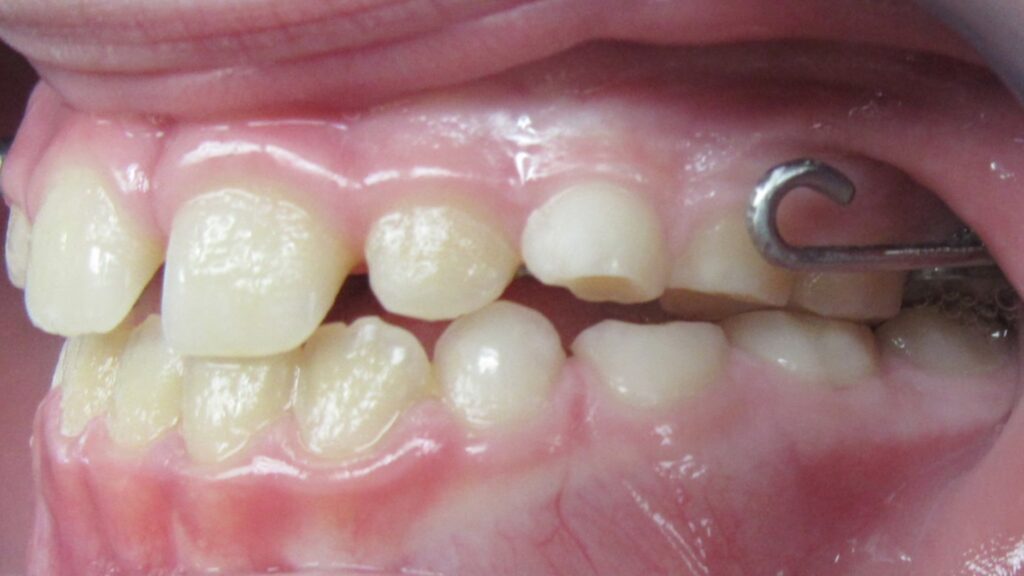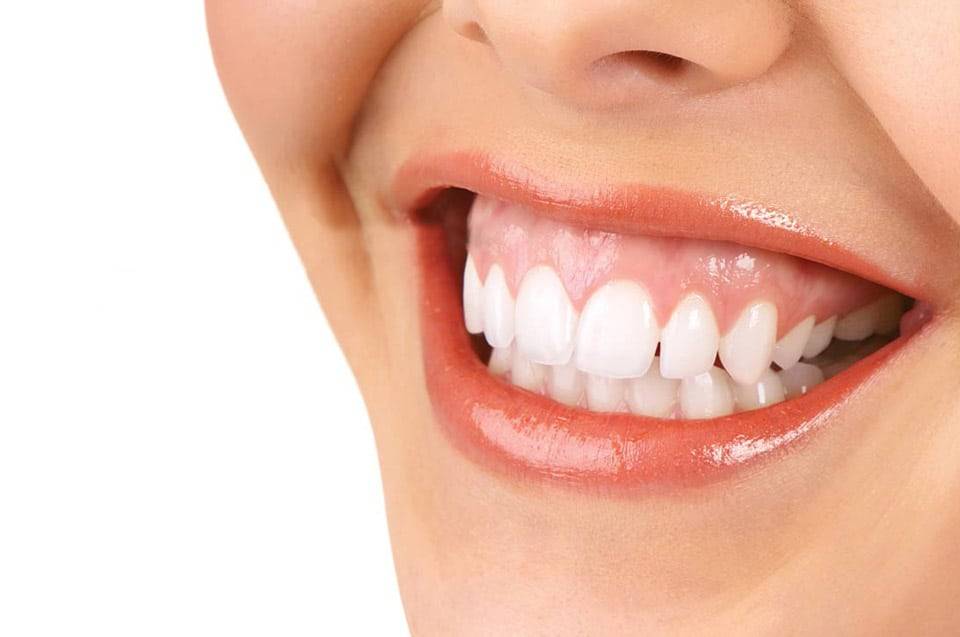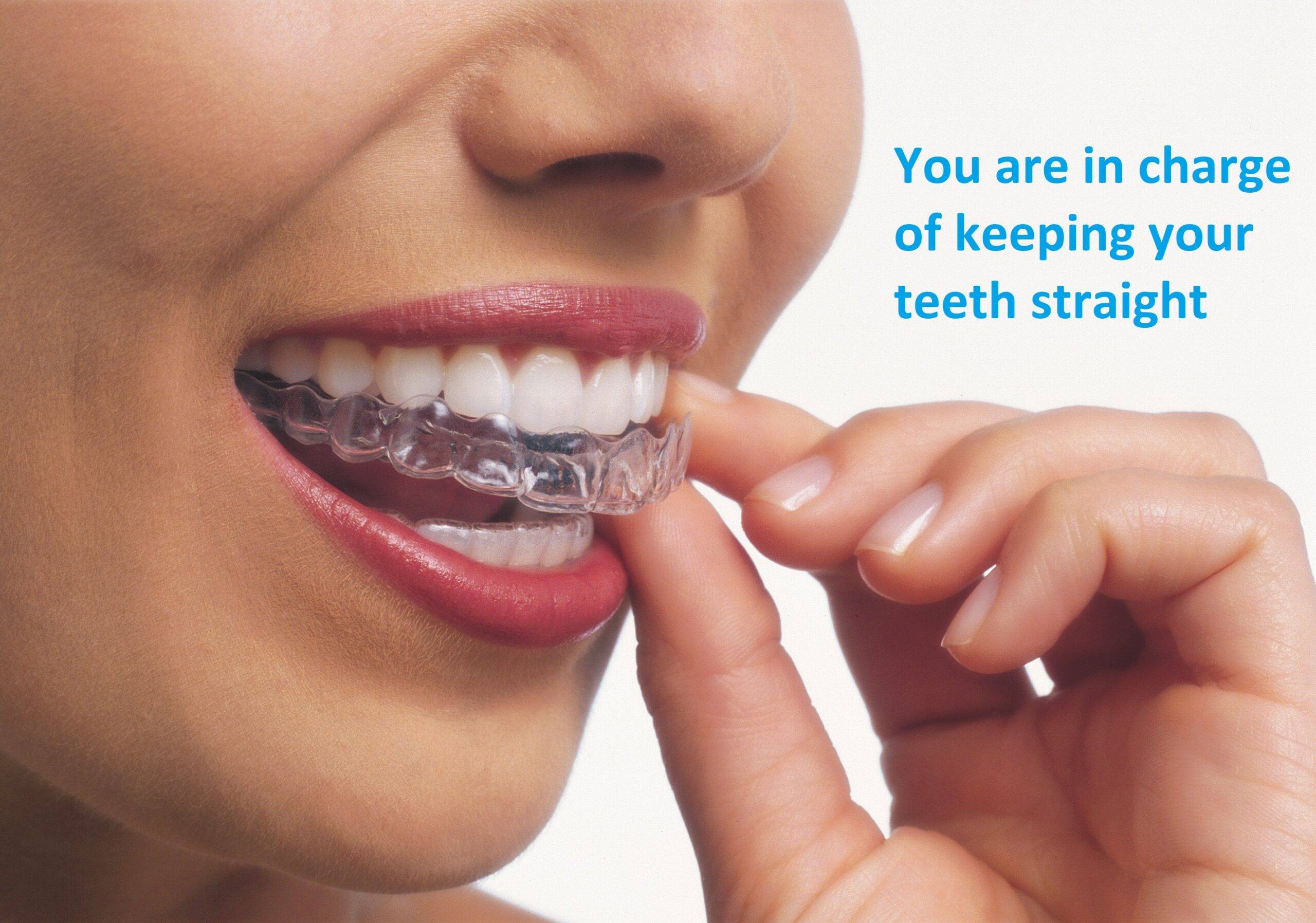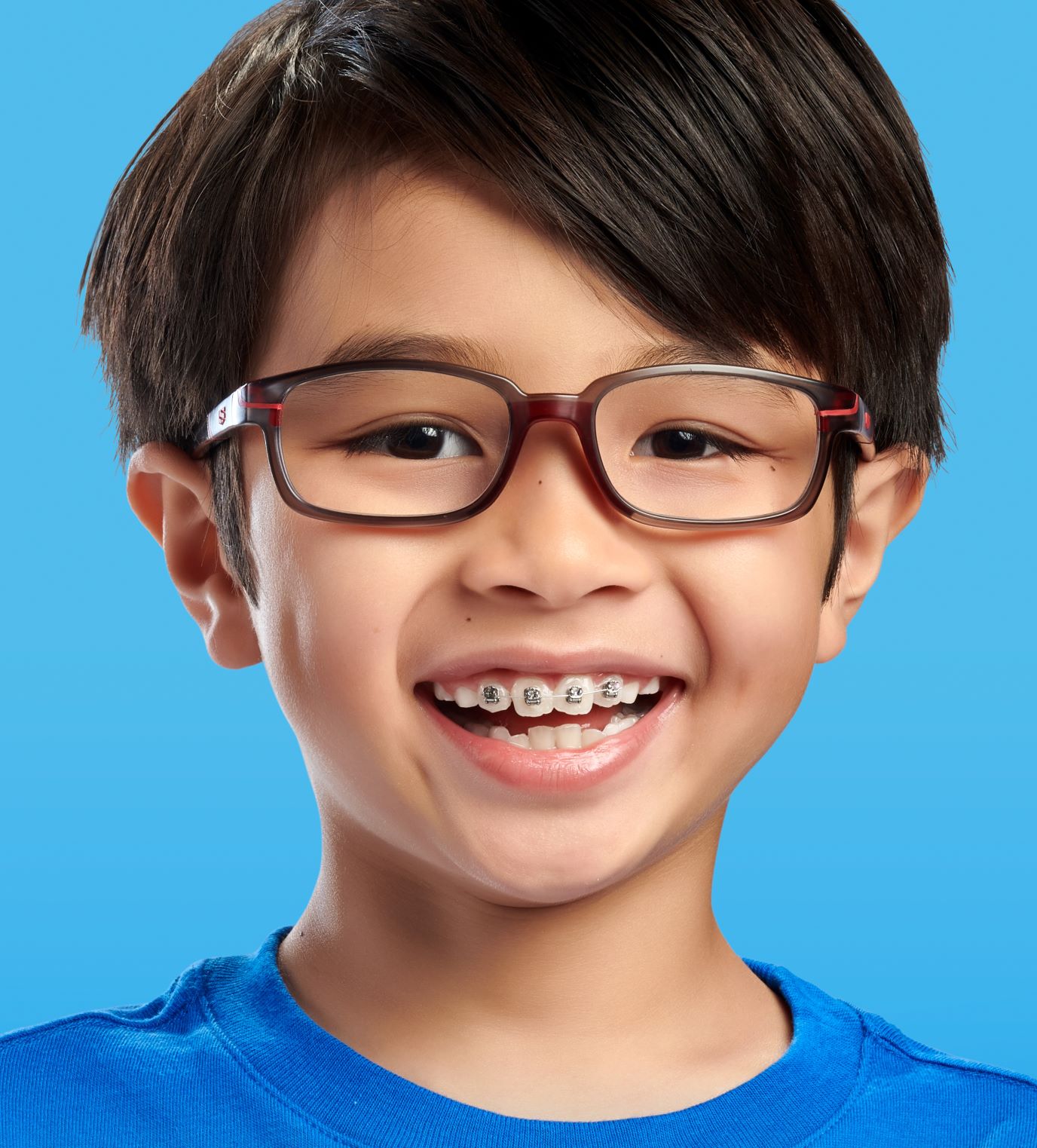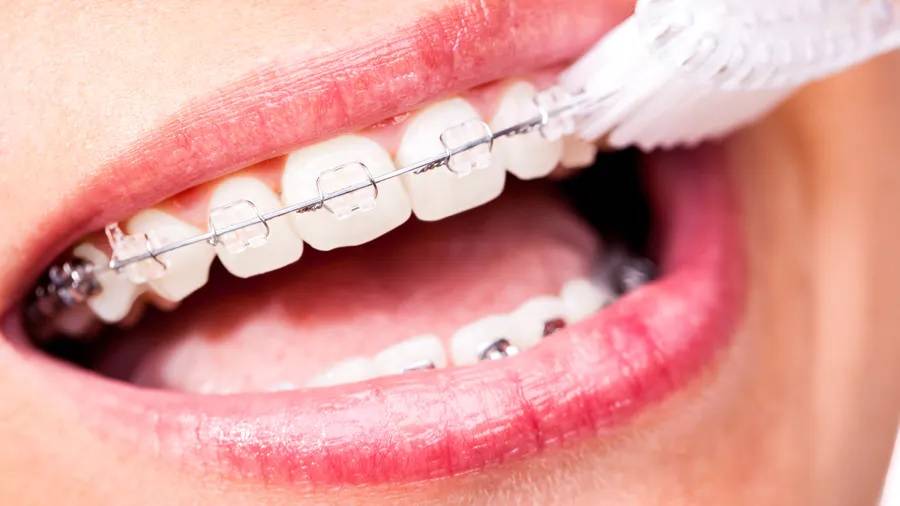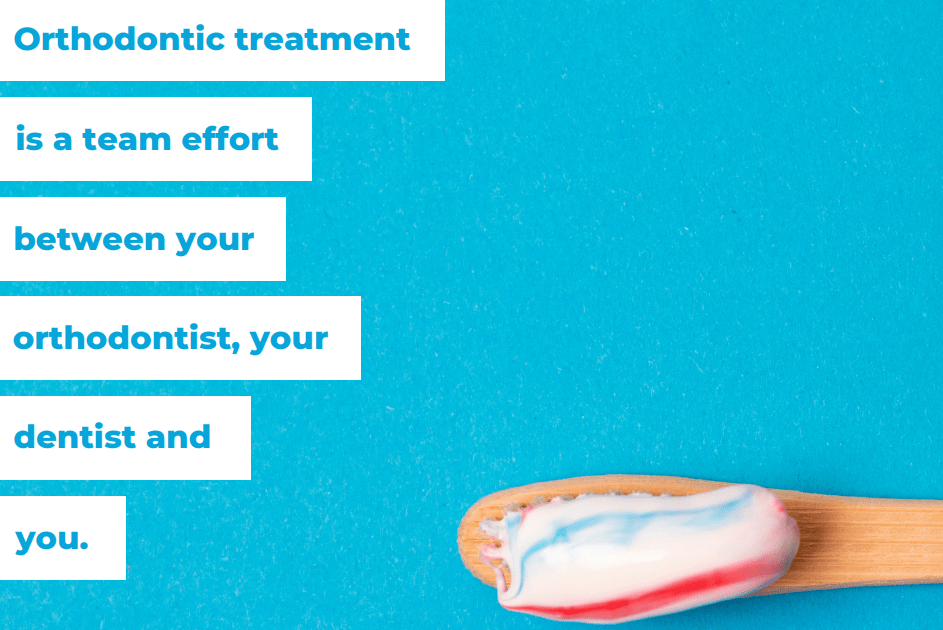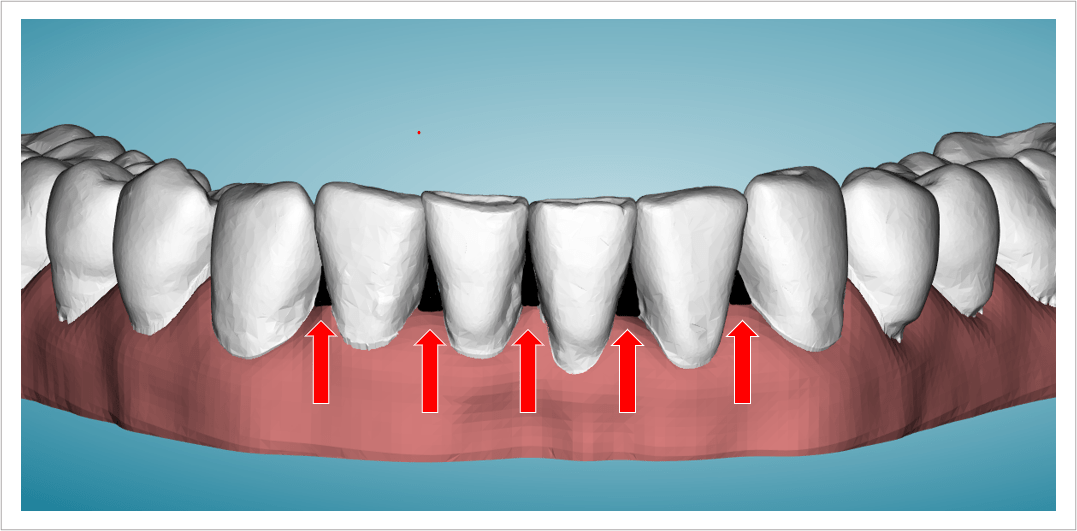Eating with Braces: What Foods to Avoid and to Enjoy
 13 June 2024 | By Dr. Eric Meyer
13 June 2024 | By Dr. Eric Meyer
So, you’ve got braces. Congratulations on your journey to a brighter smile! But now comes the fun part: figuring out what you can and can’t eat. If you’re anything like me, food is a big deal. The thought of giving up some of your favorites might feel daunting. But, With a little guidance, you can still enjoy a tasty diet while keeping those braces in tip-top shape.
Foods to Avoid
Let’s start with the bad news and get it out of the way. Some foods are just bad news for braces, and it’s best to steer clear of them. Here’s a rundown:
1. Sticky Sweets and Chewy Treats: Think caramel, taffy, and gummy bears. These bad boys love to get stuck in your braces and can be a nightmare to clean. Plus, all that sugar hanging around your teeth? Not good for cavities.
2. Hard and Crunchy Delights: Nuts, hard candies, popcorn, and ice. They might seem harmless, but one wrong bite and you could be saying hello to a broken bracket or wire. Trust me, an emergency orthodontist visit is not the thrill ride you want.
3. Chewy Bagels and Crusty Bread: They might be delicious, but these can put a strain on your braces. Opt for softer alternatives to avoid any unwanted hassle.
4. Corn on the Cob: It’s like a double whammy – not only can the kernels get lodged in your braces, but the cob itself can cause some serious damage. Cut the kernels off and enjoy with a spoon instead.
5. Raw Veggies: Carrots and apples in their natural state are a no-go. Hard veggies can do a number on your braces. Cook them until they’re soft or cut them into smaller, more manageable pieces.
6. Popcorn: this is a tough one to give up. The popcorn kernels are almost sure to break something and the popcorn hulls will get stuck around your gums and the braces. We recommend the puff popcorn that has no kernels – still a treat!
Foods That Play Nice with Braces
Now for the good stuff – foods that are not only safe for your braces but also delicious. Here are some braces-friendly options that won’t leave you feeling deprived:
1. Dairy Delights: Yogurt, cheese, and milk are all great options. They’re soft, easy to chew, and packed with calcium to keep those teeth strong. Ice cream is also a great treat!
2. Soft Fruits and Cooked Veggies: Bananas, berries, and avocados are your friends. When it comes to veggies, think steamed or roasted until tender.
3. Pasta and Rice: These are soft and versatile. You can dress them up in so many ways that you’ll never get bored. Plus, they’re gentle on your braces.
4. Eggs: Scrambled, boiled, or as an omelet – eggs are a fantastic source of protein and super easy to eat.
5. Smoothies and Soups: When in doubt, blend it out. Smoothies are a great way to get your fruits and veggies, and soups can be hearty and satisfying without the crunch.
6. Soft Bread and Baked Goods: Bread that’s not too crusty, muffins, and pancakes are all on the table. Just be sure to go easy on the sticky spreads like jam.
Tips for a Smooth Ride
Alright, so you’ve got the basics down. But how do you make sure your orthodontic journey is as smooth as possible? Here are a few tips:
- Cut Your Food Into Small Pieces: This makes it easier to chew and less likely to cause damage.
- Chew Carefully: Take your time and chew slowly to avoid any accidents.
- Stay on Top of Oral Hygiene: Brush and floss regularly to keep your teeth and braces clean. There are special tools designed for braces that can make this easier.
- Keep an Eye Out for Problems: If something doesn’t feel right or you think you’ve damaged your braces, don’t wait. Get in touch with your orthodontist ASAP.
So there you have it – a guide to navigating the food maze with braces. It might seem a little daunting at first, but with these tips and tricks, you’ll be a pro in no time. Remember, this is all temporary, and the end result – a dazzling, healthy smile – is totally worth it. Happy eating!
-Dr. E


